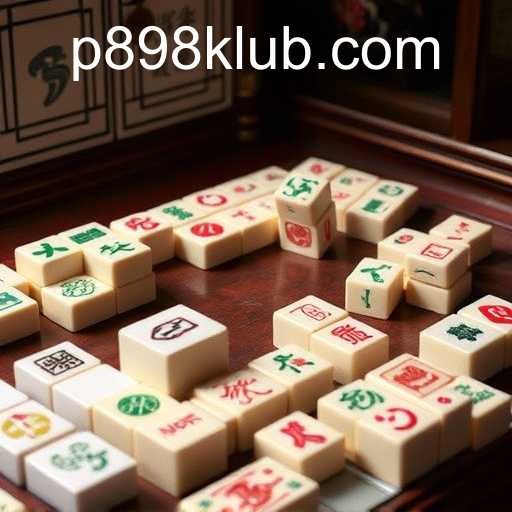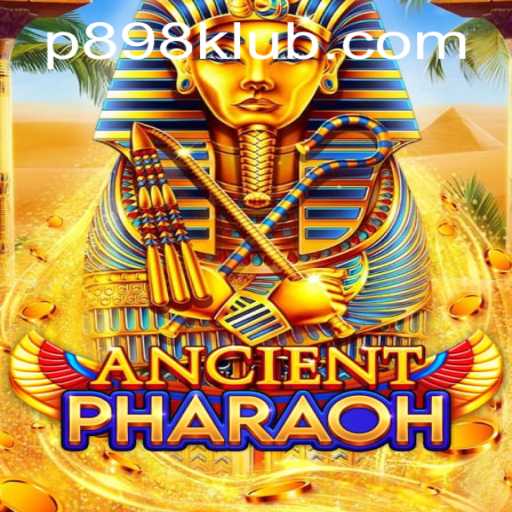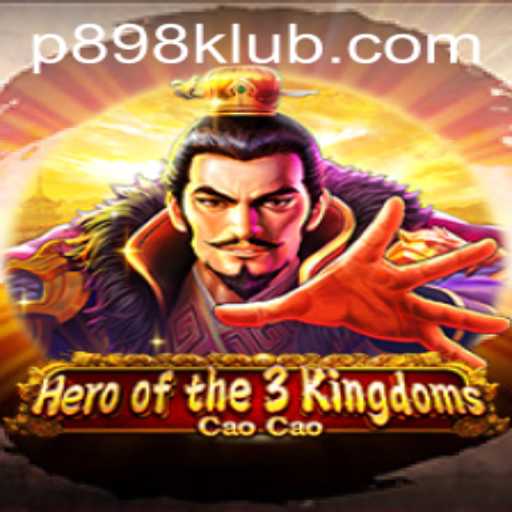
Why Choose Sport in P898
- ⚽
Full Coverage
Follow a wide variety of sports, including football, basketball, and more.
- 📊
Detailed Statistics
Access comprehensive data to help you make informed decisions.
- 🎁
Special Promotions
Earn exclusive bonuses and participate in end-of-year offers.
Discovering Mahjong: A Deep Dive into the Timeless Game
- 🏆
Soccer
Watch live matches and enjoy the best betting options.
- 🏀
Basketball
Dive into the on-court action with exclusive stats and analysis.
- 🎾
Tennis
Bet on international tournaments with competitive odds.
Discovering WitchElf and Its Unique Gameplay
Explore the enchanting world of WitchElf, a captivating game filled with intrigue, magic, and detailed gameplay mechanics.
- 📖
Study team statistics and performance before betting.
- 🕒
Gamble responsibly and set clear limits.
- 💡
Take advantage of seasonal promotions to maximize your earnings.

Mahjong

Discovering Mahjong: A Deep Dive into the Timeless Game
Mahjong, a game known for its intricate tiles and strategic gameplay, has captivated players for centuries. Originating in China during the Qing dynasty, Mahjong has become a beloved pastime worldwide, evolving into numerous variants and deeply embedding itself in cultural traditions. This article delves into the significant elements of Mahjong, highlighting its rich history, the complexity of the game, and its cultural importance.
The Origins of Mahjong
The origins of Mahjong are shrouded in mystery, with multiple theories proposing different beginnings. It is widely believed that Mahjong was developed in the Yangtze River Delta during the 19th century. Initially a game for the upper echelons of society, it soon captured the imagination of the general public.
The true genius of Mahjong lies in its combination of skill, strategy, and chance. Each game set typically consists of 144 tiles, featuring various suits, honors, and bonus tiles. The objective is to build a complete hand using a set of tiles—a goal that requires both tactical maneuvering and quick wit.
The Basic Rules and Gameplay
Understanding the basics of Mahjong is crucial for anyone looking to enjoy the game. A typical Mahjong set comprises three suits: bamboo, characters, and circles. Additionally, there are four wind tiles (east, south, west, north) and three dragon tiles (red, green, white).
In a traditional game, four players take seats around a squared table. They draw and discard tiles in turns, aiming to form a legal hand before their opponents. A standard winning hand consists of four melds (combinations of three tiles) and a pair, or eyes, although variations exist. Interestingly, Mahjong holds a scoring system that can dramatically impact the outcome, urging players to strategize keenly.
Throughout the gameplay, players need to stay vigilant, as opponents’ moves heavily influence one’s strategy. The fascinating complexity of Mahjong requires understanding not just one's own moves but predicting competitors' actions as well, making it a cerebral challenge.
The Variations of Mahjong
As the game traveled beyond its birthplace, it naturally adapted to new environments and player preferences. One of the most popular versions is the Cantonese Mahjong, known for its scoring complexity and distinct sets of bonus tiles.
Another variant, the Japanese Riichi Mahjong, introduces the 'riichi,' a rule similar to declaring readiness to win in poker. The scoring in Riichi Mahjong is distinctively different, with more structured and elaborate point systems, thus adding another strategic layer.
In the western world, American Mahjong has gained immense popularity. This version differentiates itself by having a specific card with hands that players can aim to form during the game. The card changes annually, introducing new strategic challenges each year.
The Cultural Significance of Mahjong
Mahjong transcends being merely a game; it holds vital cultural significance, especially within Asian communities. In China, Mahjong symbolizes family unity and social interaction. It is often played during festivals and family gatherings, weaving into the fabric of cultural traditions.
Every tile in a Mahjong set is more than just a game piece; it holds historical and cultural symbolism. For instance, the bamboo suit, believed to denote growth and vitality, resonates deeply in Chinese culture, where nature and prosperity are treasured values.
Mahjong’s influence stretches into arts and media, with numerous depictions in films, TV shows, and literature. This not only underscores its cultural depth but also highlights how integral it has become in storytelling and portrayals of communal life.
Mahjong in the Modern World
Today, Mahjong boasts an impressive global reach, with international tournaments and leagues dedicated to celebrating and continuing its legacy. Online platforms have also revolutionized how the game is played, allowing enthusiasts from different parts of the world to connect and compete.
Despite its modernization, Mahjong remains a game deeply rooted in tradition. Modern adaptations have made it accessible to a broader audience, yet the essence of strategy, skill, and cultural connection keeps it timeless.
In a world where digital games have taken precedence, Mahjong's enduring appeal lies in its intricate blend of historical richness and competitive allure. For many, Mahjong is more than a pastime; it is a homage to a cultural institution that has persisted through the ages, continuing to bring people together.
Engage with the timeless game of Mahjong today and experience firsthand why it has remained an enduring global pastime. Whether a seasoned player or a curious newcomer, the game offers endless enjoyment and a meaningful connection to history.
Media Reports
-

Dive into the captivating universe of DiamondExplosion7sSE, a game that combines excitement and strategy in an explosive adventure.
-

Delve into the thrilling world of AncientPharaoh, a game that takes players on a journey through ancient Egypt, blending history, strategy, and adventure.
-

Dive into the thrilling universe of HotCoins, a captivating game that combines strategy with speed. Discover its engaging mechanics, rules, and how it aligns with current trends in gaming.
-

Dive into the intricate world of Hero of the 3 Kingdoms Cao Cao, a captivating strategy game that brings ancient Chinese warfare to life.
-

Dive into the captivating adventure game Diamondtreasure and explore its intriguing gameplay.
-

Discover the epic journey of God of War, its intricate gameplay mechanics, and the immersive experience it offers.
-

Explore the enchanting world of WitchElf, a captivating game filled with intrigue, magic, and detailed gameplay mechanics.


